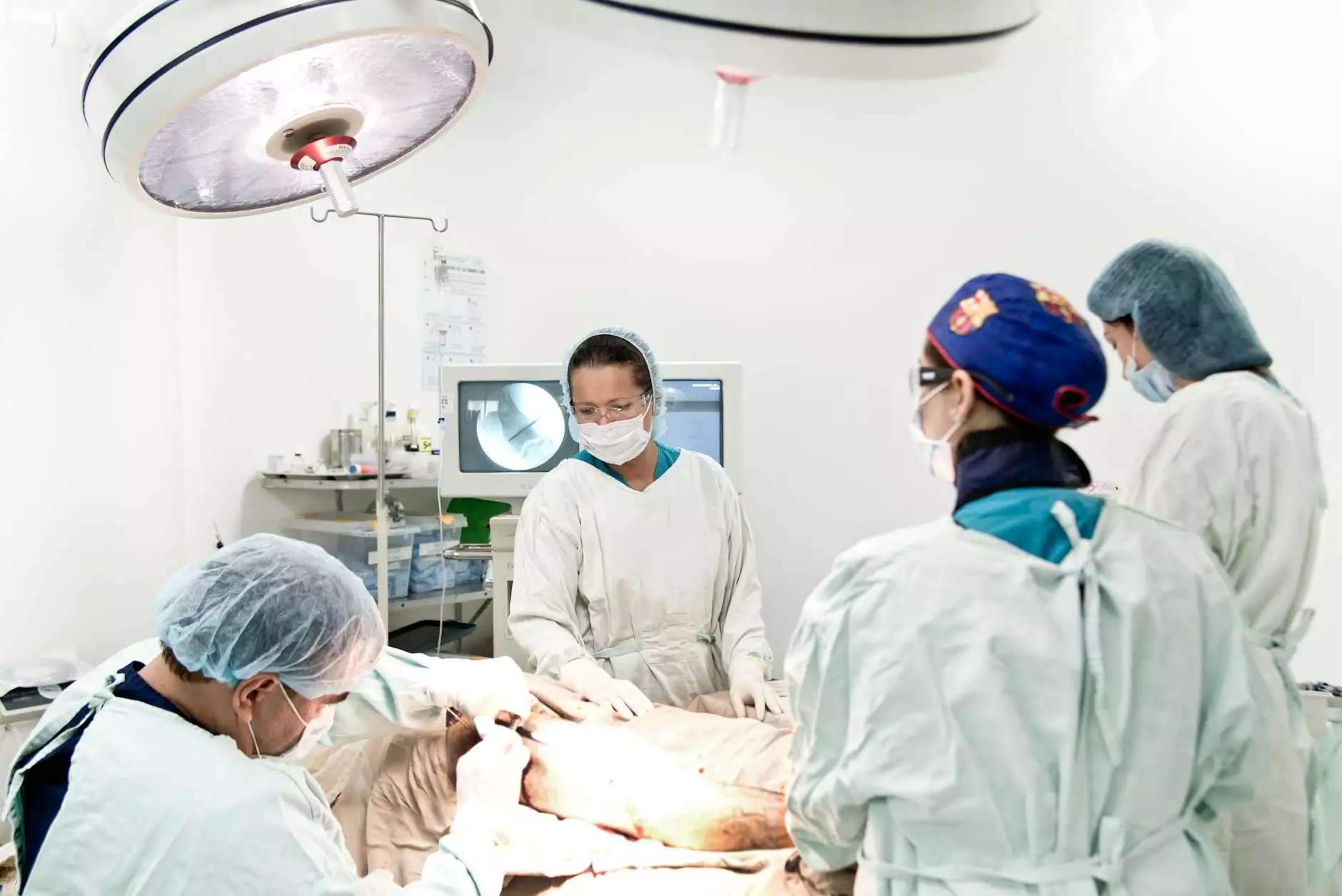What is typical for an elderly person suffering vertebral compression fractures

Introduction
As we age, our bodies become more susceptible to various health conditions. One such condition that affects elderly individuals is vertebral compression fractures. These fractures occur when the bones in the spine collapse due to a decrease in bone density, often caused by osteoporosis. Understanding the typical symptoms, causes, and treatment options for vertebral compression fractures is important for both individuals experiencing them and their caregivers. In this article, Body Fusion provides comprehensive information to help you gain a better understanding of this condition.
Symptoms of Vertebral Compression Fractures
When an elderly person suffers from vertebral compression fractures, they may experience a range of symptoms. The most common symptom is back pain. This pain can range from mild to severe and may worsen during movement or when standing for long periods. Other symptoms include:
- Loss of height: Vertebral compression fractures can cause a noticeable loss of height as the spine gets compressed.
- Changes in posture: The fractures can lead to a stooped or hunched posture, often referred to as a "dowager's hump".
- Difficulty breathing: In severe cases, the collapsed vertebrae can press against the lungs, causing breathing difficulties.
- Neurological symptoms: Rarely, an elderly person may experience neurological symptoms, such as numbness, tingling, or weakness in the limbs.
Causes of Vertebral Compression Fractures
Several factors contribute to the development of vertebral compression fractures in elderly individuals. The primary cause is osteoporosis, a condition characterized by low bone density and weakened bones. As the bones become weaker, even minor compression or trauma can lead to fractures. Other common causes include:
- Age: The risk of vertebral compression fractures increases with age, especially in postmenopausal women.
- Gender: Women are more prone to osteoporosis and vertebral compression fractures compared to men.
- Lifestyle factors: Certain lifestyle factors, such as tobacco smoking and excessive alcohol consumption, can contribute to bone loss and increase fracture risk.
- Medical conditions: Conditions such as hyperparathyroidism, rheumatoid arthritis, and certain cancers can weaken the bones and make them more susceptible to fractures.
Treatment Options for Vertebral Compression Fractures
When it comes to treating vertebral compression fractures in elderly individuals, various options are available. The most suitable treatment approach depends on factors such as the severity of the fracture, overall health, and personal preferences. Common treatment options include:
- Conservative Management: For mild fractures, conservative approaches like pain medications, rest, and physical therapy may be recommended.
- Bracing: In some cases, a brace may be prescribed to provide support and stability to the spine while the fracture heals.
- Vertebroplasty: This minimally invasive procedure involves injecting special cement into the fractured vertebra to stabilize it.
- Kyphoplasty: Similar to vertebroplasty, kyphoplasty involves creating space in the fractured vertebra using a balloon-like device and then injecting cement for stabilization.
- Surgical Intervention: Surgery may be considered for severe fractures that do not respond to conservative treatments or in cases of spinal instability.
Prevention and Lifestyle Considerations
While vertebral compression fractures can be challenging, there are steps elderly individuals can take to reduce their risk and improve their overall bone health. Here are some preventive measures and lifestyle considerations:
- Ensure Adequate Calcium and Vitamin D Intake: Calcium and vitamin D are essential for maintaining strong bones. Incorporate calcium-rich foods and consider supplements if necessary.
- Regular Exercise: Engage in weight-bearing exercises and resistance training to improve bone density and strength. Consult with a healthcare professional before starting any exercise regimen.
- Quit Smoking and Reduce Alcohol Intake: Smoking and excessive alcohol consumption can weaken bones, so it's important to avoid or limit these habits.
- Healthy Diet: Consume a balanced diet rich in fruits, vegetables, whole grains, and lean proteins to support overall bone health.
- Regular Bone Density Screenings: Routine screenings can help identify early signs of osteoporosis and monitor bone health over time.
Conclusion
Elderly individuals suffering from vertebral compression fractures face unique challenges, but with proper understanding and comprehensive care, it is possible to manage and improve their condition. Body Fusion aims to provide valuable information and support to both individuals and their caregivers, covering all aspects of this condition—from symptoms and causes to treatment options and preventive measures. By following these guidelines and working closely with healthcare professionals, elderly individuals can lead fulfilling lives while minimizing the impact of vertebral compression fractures.









